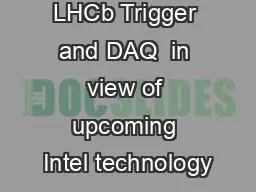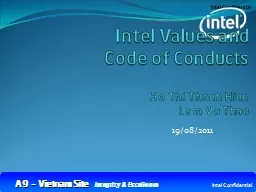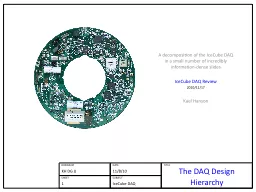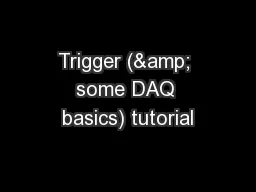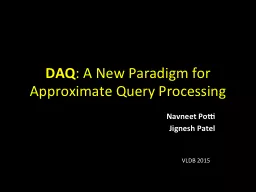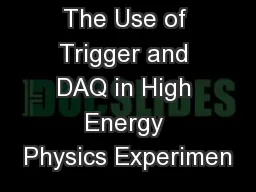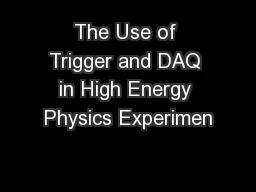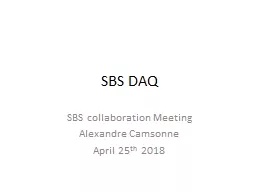PPT-LHCb Trigger and DAQ in view of upcoming Intel technology
Author : relylancome | Published Date : 2020-06-29
Niko Neufeld CERN IntelCERN Big Data workshop Jul 10 th 2013 Intro These slides are an abridged and somewhat reinterpreted version of a summary of the LHCb upgrade
Presentation Embed Code
Download Presentation
Download Presentation The PPT/PDF document "LHCb Trigger and DAQ in view of upcomin..." is the property of its rightful owner. Permission is granted to download and print the materials on this website for personal, non-commercial use only, and to display it on your personal computer provided you do not modify the materials and that you retain all copyright notices contained in the materials. By downloading content from our website, you accept the terms of this agreement.
LHCb Trigger and DAQ in view of upcoming Intel technology: Transcript
Download Rules Of Document
"LHCb Trigger and DAQ in view of upcoming Intel technology"The content belongs to its owner. You may download and print it for personal use, without modification, and keep all copyright notices. By downloading, you agree to these terms.
Related Documents

